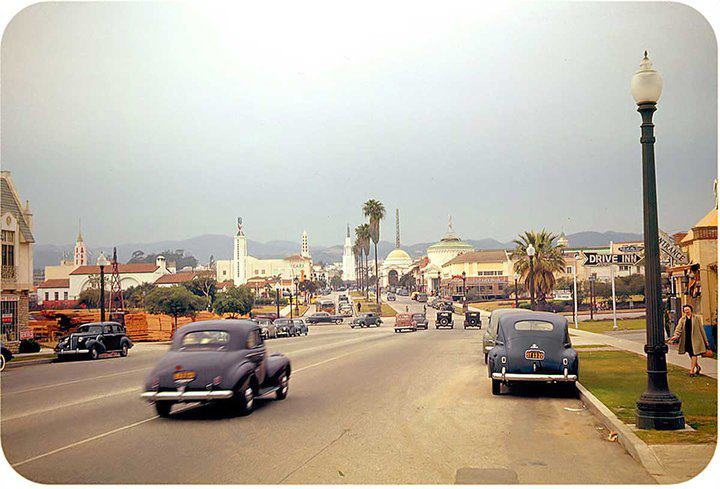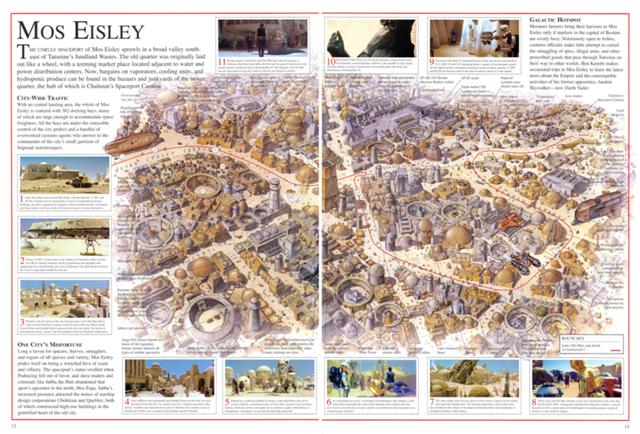Westwood Village – The Mos Eisley of the 1940s?

Domes, towers and spires – something felt familiar about the above photo of Westwood, circa 1940. And then it hit me: Mos Eisley, the wild spaceport that hides some of the biggest scourges in the galaxy. Twin cities, separated at birth.
Let’s make a quick comparison:
Westwood Village
Situated next to UCLA, this affluent section of Los Angeles was established in the mid-late 1920’s, with many of its most distinct buildings built between 1929 and 1937. It was designed with a deliberate Mediterranean style, and at the time was considered one of the most beautiful planed urban areas in the country. Towers, spires and domes. Tile roofs and winding walkways. It’s an area unlike most other cities, and although now overshadowed by towering glass buildings of a more modern vintage, it is still a very enjoyable and unique center, especially when compared to the sea of mundanity that comprises most of Los Angeles.
Mos Eisley
A city of 40,000 – 60,000 inhabitants, most living underground to avoid the ravages of Tattoine’s twin suns. Like Westwood, the city streets are a criss-cross of various angles, moving around landmarks rather than a strict grid. In the original Star Wars movie, scenes set here were filmed on the Tunisian island Djerba; in later films, much of the city’s footage was built digitally. Fans still travel there to scout out the leftovers from

